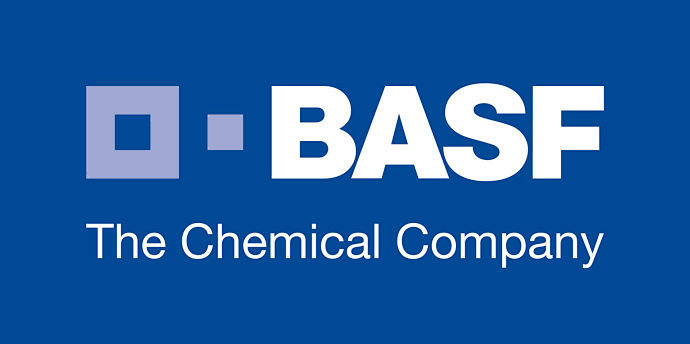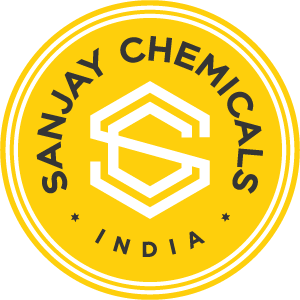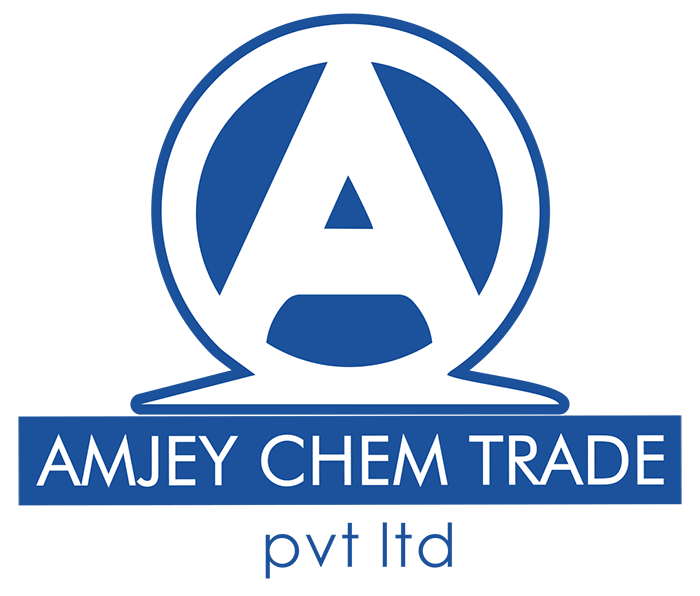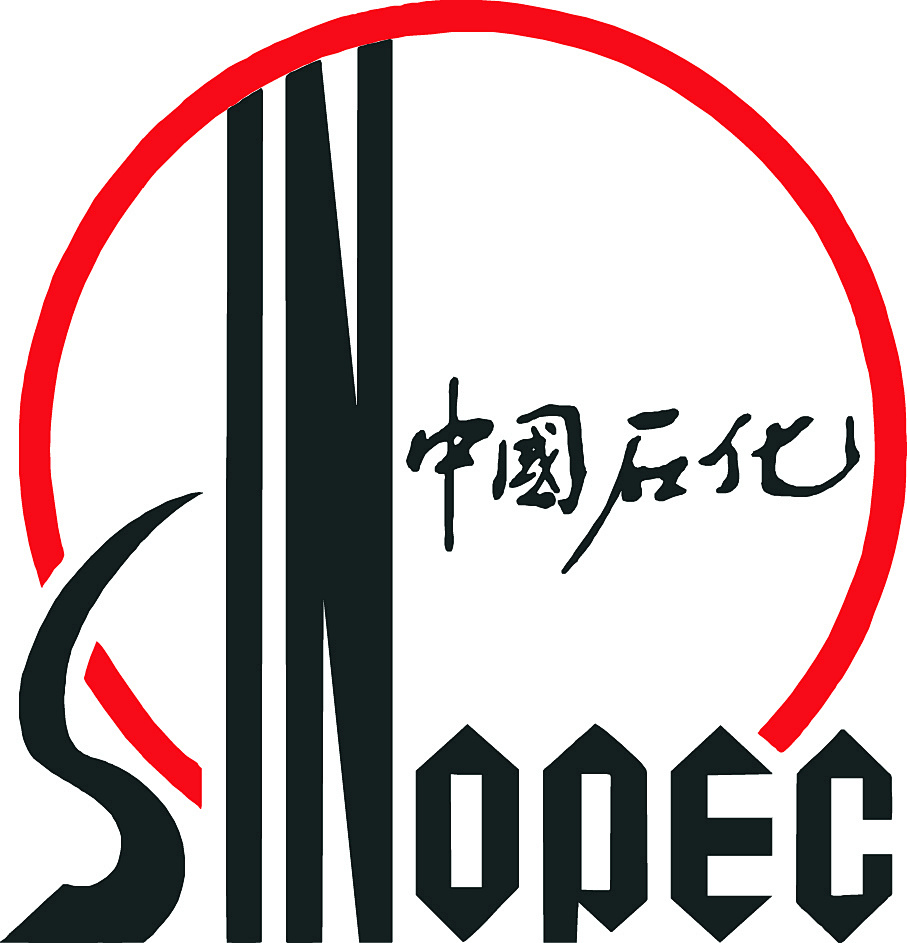control parameter
Hazard composition and occupational exposure limits
Does not contain substances with occupational exposure limits.
Exposure controls
Personal protective equipment
Eye/face protection
Face shield and safety glasses Use equipment for eye protection tested and approved under appropriate government standards such as NIOSH (US) or EN 166(EU).
Skin protection
Handle with gloves. Gloves must be inspected prior to use. Use proper glove removal technique (without touching glove's outer surface) to avoid skin contact
with this product. Dispose of contaminated gloves after use in accordance with applicable laws and good laboratory practices. Wash and dry hands.
The selected protective gloves have to satisfy the specifications of Regulation (EU) 2016/425 and the standard EN 374 derived from it.
Splash contact Material: butyl-rubber
Minimum layer thickness: 0,3 mm Break through time: 110 min
Material tested:Butoject? (KCL 897 / Aldrich Z677647, Size M)
data source: KCL GmbH, D-36124 Eichenzell, phone +49 (0)6659 87300, e-mail sales@kcl.de, test method: EN374
If used in solution, or mixed with other substances, and under conditions which differ from EN 374, contact the supplier of the EC approved gloves. This recommendation is advisory only and must be evaluated by an industrial hygienist and safety officer familiar with the specific situation of anticipated use by our customers. It should not be construed as offering an approval for any specific use scenario.
Body Protection
Impervious clothing, Flame retardant antistatic protective clothing., The type of protective equipment must be selected according to the concentration and amount of the dangerous substance at the specific workplace.
Respiratory protection
Where risk assessment shows air-purifying respirators are appropriate use a full- face respirator with multi-purpose combination (US) or type ABEK (EN 14387) respirator cartridges as a backup to engineering controls. If the respirator is the sole means of protection, use a full-face supplied air respirator. Use respirators and components tested and approved under appropriate government standards such as NIOSH (US) or CEN (EU).
Control of environmental exposure
Prevent further leakage or spillage if safe to do so. Do not let product enter drains. Discharge into the environment must be avoided.
Exposure limits
TLV-TWA 200 ppm (~840 mg/m3) (ACGIH, MSHA, and OSHA); TLV-STEL 250 ppm (~1050 mg/m3) (ACGIH); IDLH 8000 ppm (NIOSH).
![]() +086 1911-7288-062 [ CN ]
+086 1911-7288-062 [ CN ]





































































































